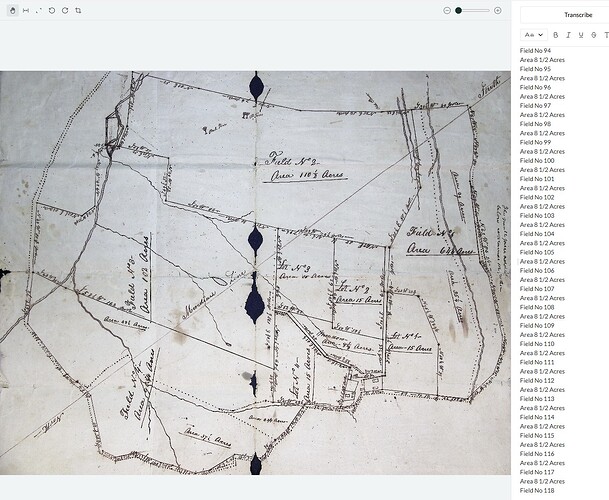I have run two tests, one in 16th-century German and one in 19th century English.
The results from the English test are astonishing. To be clear, the sugar factor writing the letters had a clear hand, but to have them in reliable text makes them so quickly readable and searchable that I have changed how I think about this archive I scanned two years ago. I might be able to get a paper out of it, particularly if I can figure out how to extract sugar prices over time from the correspondence.
I had the archive scanned in PDFs using Adobe scanner – one PDF per folder, with the PDF named for the folder – to help me keep it all straight when I got home. To get it into Leo, I had to convert it back to JPEG using Adobe. That wasn’t too much of a problem, but it might help in the future to be able to upload a whole PDF and have it convert to individual images.
The German scan was less successful. I can read already that you’ve optimized for English, so I can’t really complain, but it was hard to tell whether the issue was the 16th-century hand or the 16th-century German. I read modern German, so the issue might also be me. As it is, on that document I don’t see the improvement over a palaeography course, but again, I get that this was not the purpose of this version of Leo, I just ran it because I was curious.
